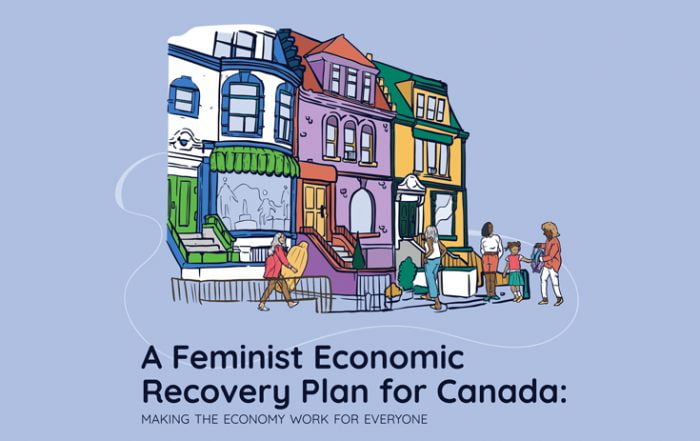Executive summary
The concepts of gender identity – a person’s individual experience of gender – and gender expression – a person’s public presentation of gender – can be used as frameworks to think about how people come to work with diverse experiences and needs. Despite anti-discrimination laws that prohibit discrimination on the basis of gender identity and gender expression, transgender and gender nonconforming people face disproportionately high barriers at work simply because of their gender. At the same time, workplaces are increasingly interested in gender-inclusive practices in their organizations. Unfortunately, most employers still struggle with what anti-discrimination protections on the basis of gender identity and gender expression mean for their organizations. Existing research on diversity and inclusion has demonstrated that antidiscrimination laws alone do not lead to greater inclusion. Nevertheless, organizations need knowledge of the legal obligations to not discriminate against and to accommodate employees who are transgender or gender non-conforming. This research brief summarizes: how workplace gender identity and expression protections can be tools to support transgender and gender-nonconforming people in the workplace; the benefits and challenges of using these protections to support transgender inclusion efforts; and the tools needed to move towards greater workplace inclusion of transgender and gender nonconforming people.
Read and/or download the full policy brief.
Authors
Elliot Fonarev
Published
September 2019







